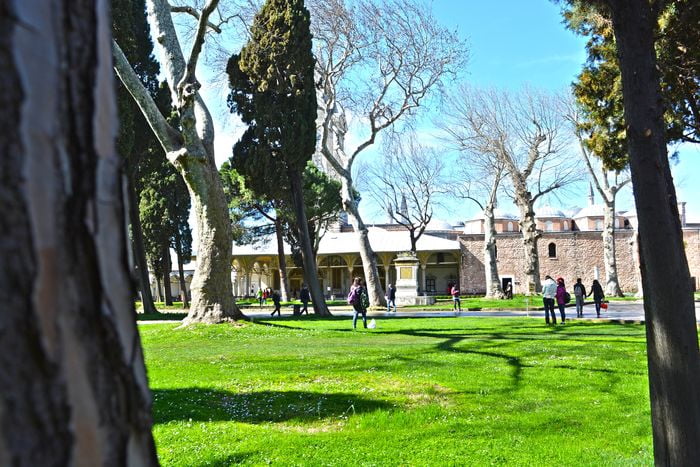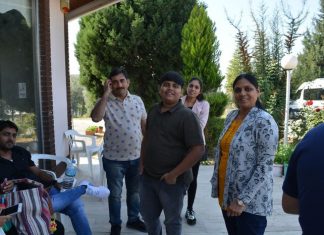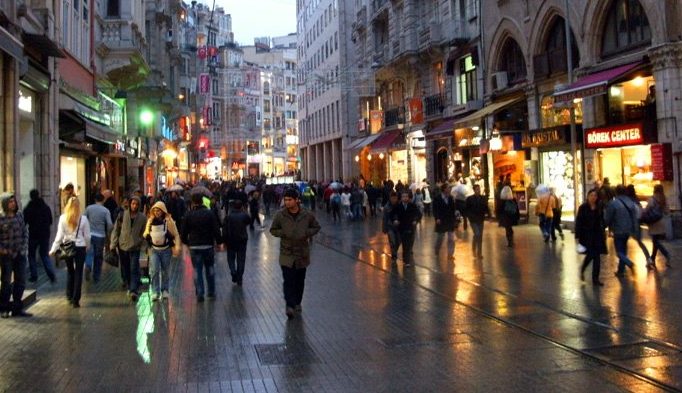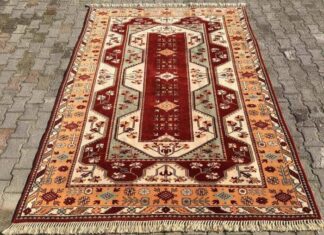The Emperor, after the death of the Patriarch Anastasius (A.D. 753), summoned the bishops of his Empire to a great synod in the palace Hieria, which lay opposite to Constantinople on the Asiatic side of the Bosphorus, between Chrysopolis and Chalcedon, a little to the north of the latter. The vacancy of the patriarchate, facilitated his plans, since the hope of succeeding to this see kept down, in the most ambitious and aspiring of the bishops, any possible thought of opposition. The number of those present amounted to 338 bishops, and the place of president was occupied by Archbishop Theodosius of Ephesus, already known to us as son of a former Emperor–Apsimar, from the beginning an assistant in the iconoclastic movement.
Nicephorus names him alone as president of the synod; Theophanes, on the contrary, mentions Bishop Pastillas of Perga as second president, and adds, “The Patriarchates of Rome, Alexandria, Antioch, and Jerusalem were not represented [the last three were then in the hands of the Saracens], the transactions began on February 10th, and lasted until August 8th (in Hieria); on the latter date, however, the synod assembled in St. Mary’s Church in Blachernae, the northern suburb of Constantinople, and the Emperor now solemnly nominated Bishop Constantine of Sylaeum, a monk, as patriarch of Constantinople. On August 27th, the heretical decree [of the Synod] was published.”
We see from this that the last sessions of this Conciliabulum were held no longer in Hieria, but in the Blachernae of Constantinople. We have no complete Acts of this assembly, but its very verbose oros (decree), together with a short introduction, is preserved among the acts of the Seventh Ecumenical Council.
This decree was by no means suffered to remain inoperative.
(W. M. Sinclair. Smith and Wace, Dictionary of Chr. Biog., sub voce Constantinus VI.)
The Emperor singled out the more noted monks, and required them to comply with the decrees of the synod. In A.D. 766 he exacted an oath against images from all the inhabitants of the empire. The monks refused with violent obstinacy, and Copronymus appears to have amused himself by treating them with ruthless harshness.
The Emperor, indeed, seems to have contemplated the extirpation of monachism. John the Damascene he persuaded his bishops to excommunicate. Monks were forced to appear in the hippodrome at Constantinople hand in hand with harlots, while the populace spat at them. The new patriarch Constantinus, presented by the emperor to the council the last day of its session, was forced to foreswear images, to attend banquets, to eat and drink freely against his monastic vows, to wear garlands, to witness the coarse spectacles and hear the coarse language which entertained the Emperor.
Read More about Apologia of St John Damascene Against those who Decry Holy Images Part 13








